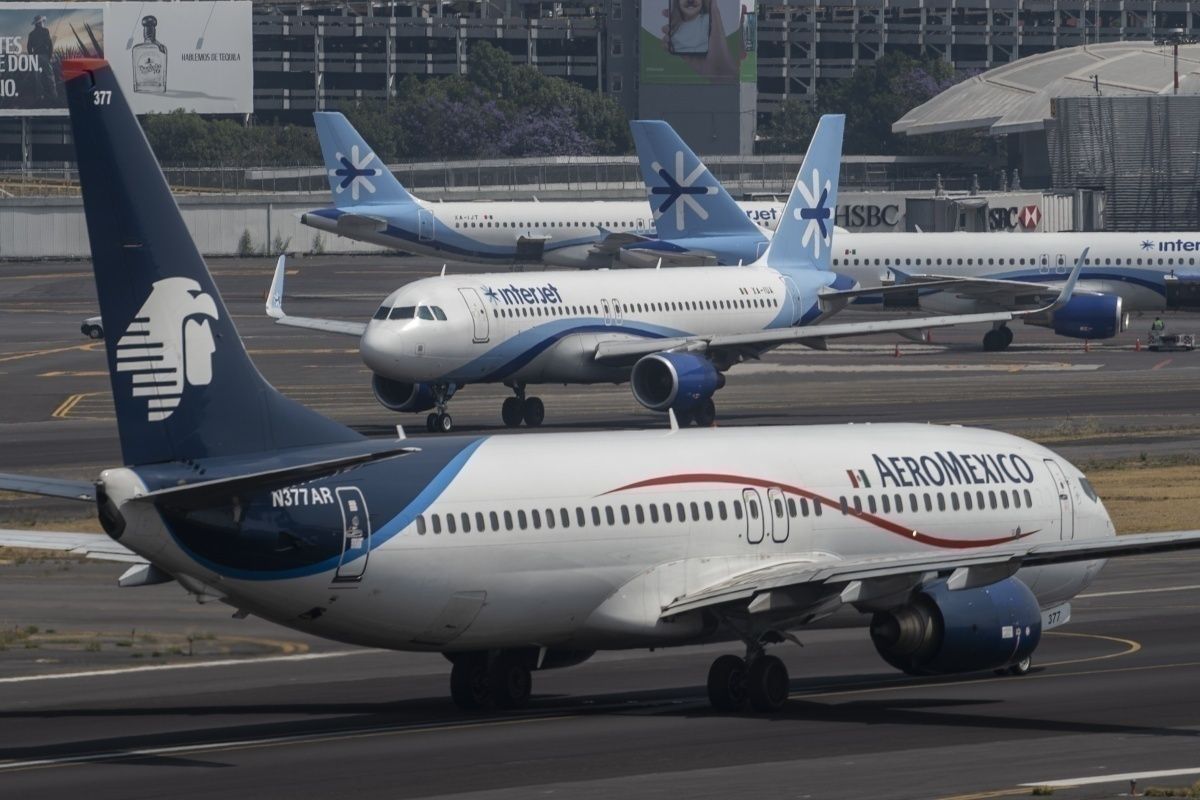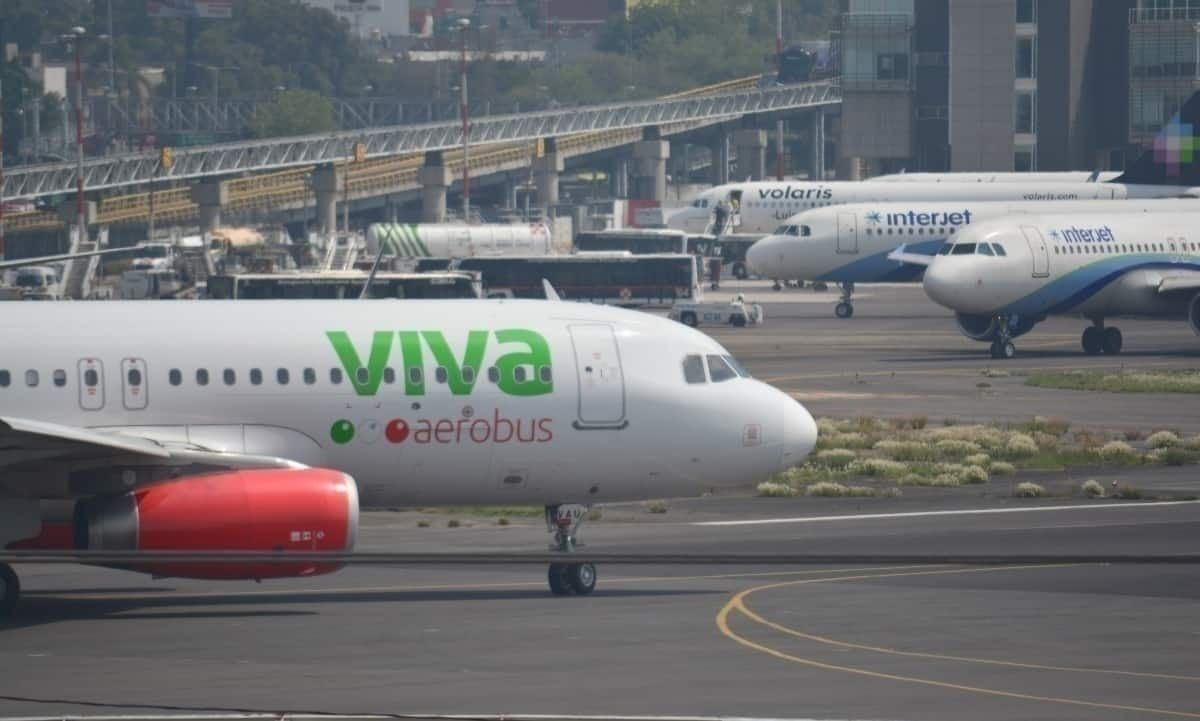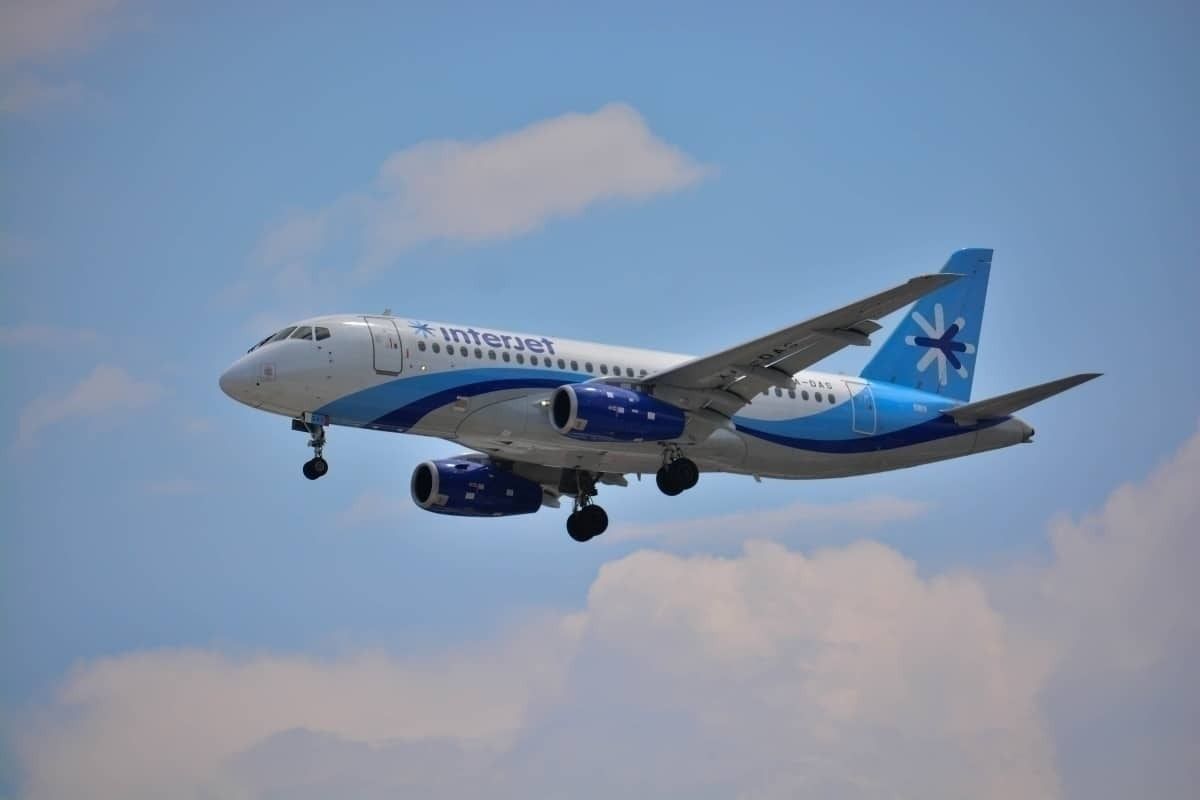In April, Aeromexico transported 151,000 total passengers, a 91.1% decrease in comparison with what it had in 2019's April. Currently, Aeromexico and Viva Aerobus are the only airlines in Mexico to have posted their monthly results, but it gives a preliminary outlook of how much commercial aviation fell last month in Mexico. Let's investigate further.
What's the silver lining for Aeromexico?
Unlike GOL's miraculous April, Aeromexico fell off a cliff last month. The Mexican carrier transported 20,000 international passengers, which was a 96.8% decrease on a year-to-year basis. The domestic sector had an 87.7% decrease.
Overall, Aeromexico secured a 47.9% load factor. The Revenue Per Kilometer (RPK) fell 93.3%, and the Available Seats Per Kilometer (ASK) fell 82.3%.
Additionally, during the first quarter, Aeromexico reported a loss of US$102 million. So, is there a silver lining?
Firstly, unlike other countries in Latin America, Mexico has remained open during the current coronavirus pandemic. This aperture has allowed Aeromexico to keep flying. As of 7 May, Aeromexico is operating six international routes and 31 domestic routes.
Additionally, Aeromexico has launched several cargo flights over the last few weeks. At the beginning of April, 16% of the carrier's Dreamliner fleet was operating cargo flights to China. Then, this past weekend, Aeromexico had a record of 14 flights to and from Asia in just two days.
How are the other airlines in the country doing?
Still, Aeromexico's dreadful performance leaves the question of how are the other Mexican airlines doing right now? Well, neither Volaris or Interjet, which are the three low-costs of the country, have released their monthly figures. But we have specific facts already out there.
In April, Viva Aerobus had an 85.9% decrease in its traffic numbers. And it doesn't expect that things will go any better in May as it has slashed its capacity by 80%. For instance, Viva Aerobus is currently operating 26 domestic routes. It will add an extra 22 by 11 May, if everything goes according to plan. Additionally, the low-cost carrier converted 10 Airbus A320 into freighters.
Meanwhile, Volaris is operating three routes to the US, none to Central America and 58 domestic routes in Mexico.
Volaris, which last year was the most important domestic airline in Mexico, expects to burn between US$35 and 40 million per month during the crisis. The airline ended the first quarter with $US453 million USD in unrestricted cash. Additionally, it postponed the reception of 18 new aircraft.
Still, both Volaris and Viva Aerobus are working at 10% and 20%, respectively, of their original capacity. Finally, let's talk about Interjet.
Do we have a Sukhoi comeback in front of us?
By now, we know Interjet is losing its Airbus fleet. Currently, the airline has nine Airbus airplanes (eight A320 and one A321neo). Of these nine Airbus planes, none of them have flown commercial flights since 2 May. It also got a partial suspension from the International Air Transport Association.
Currently, Interjet operates flights to six different destinations, all from its Mexico City hub. It flies to Cancún, Monterrey, Guadalajara, Puerto Vallarta, Mérida, and Oaxaca. Over the last few days, Interjet has operated these routes with three Sukhoi Superjet 100 planes.
This is a massive development as Interjet was planning on getting rid of its Sukhoi fleet. As we reported back in January, the airline was in debt with several suppliers of the SSJ100 Program.
While it is hard to predict what's going to happen with Interjet in the next few weeks, this may be a sign of things to come. Interjet owns its Sukhoi fleet, so in this environment, it is wise for the airline to use it. Even if the airplane doesn't have the proper range to connect the whole country from Mexico City (due to altitude issues), it is a start for an airline in a recovering phase.
Still, there's a long way to go before Interjet brings back all the airplanes of its Sukhoi fleet. Most of the aircraft has not flown in over a year!
What do you think will happen with Mexican airlines? Let us know in the comments.



